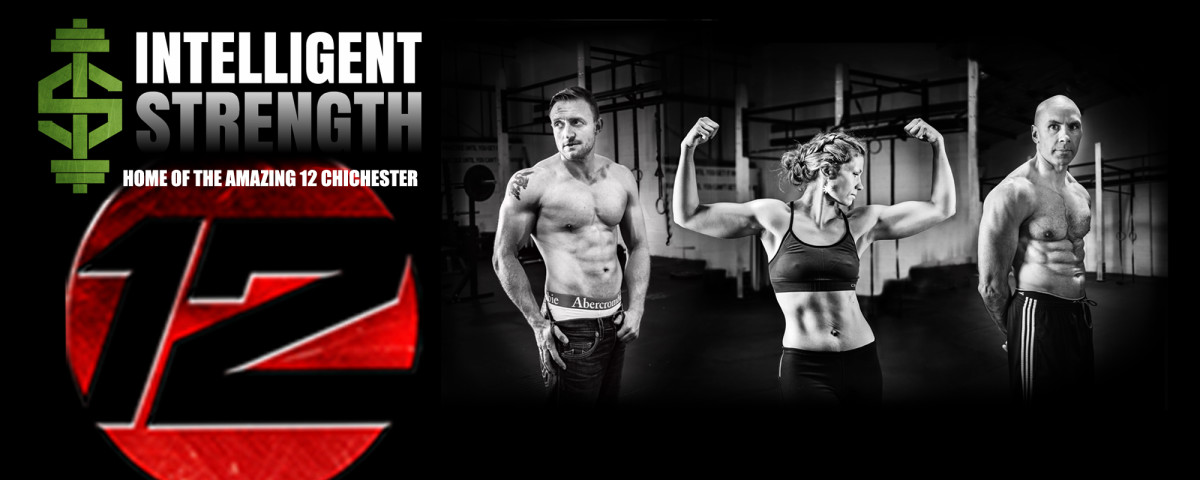
SOMETIMES the biggest challenge to strength training is knowing how to recover between sets, for how long and – this is the key bit – allowing yourself to adequately do that.
We exist in a world where doing nothing has become so much more challenging. We are in a state of almost constant stimulation. And in these times I see a great emphasis placed upon working (in the gym) to exhaustion, almost to the point that the routine/workout is deemed a failure if you can leave the gym in one piece.
Training for strength is a different proposition. If you don’t permit yourself enough time to recover adequately from one set to another, you aren’t going to be able to lift with maximal strength. The purpose of the training will change.
So if my goal is strength, I make sure I take my time, so that whenever I go to lift I can not only achieve my objective but also do so with the best possible technique.
Developing strength doesn’t mean working to failure repeatedly or even often. In fact, it’s quite the opposite. As Paul McIlroy taught me, “No-one ever got stronger trying to lift something they can’t lift.”
I’m in it for the long game, which means taking an intelligent, structured approach and avoiding injury by focusing on keeping good form. Repeated failed attempts will take more out of you than you realise and you’ll go backwards, not forwards.
How do you define a good workout or training session? Covered in sweat? Feeling broken? Aching from head to toe? Crawling on your knees? Gasping for breath?
For me it’s simple: did I make progress? That’s it. I’m in it for the long haul and to get better one step at a time. Enjoy the process as much, if not more, than the result.





